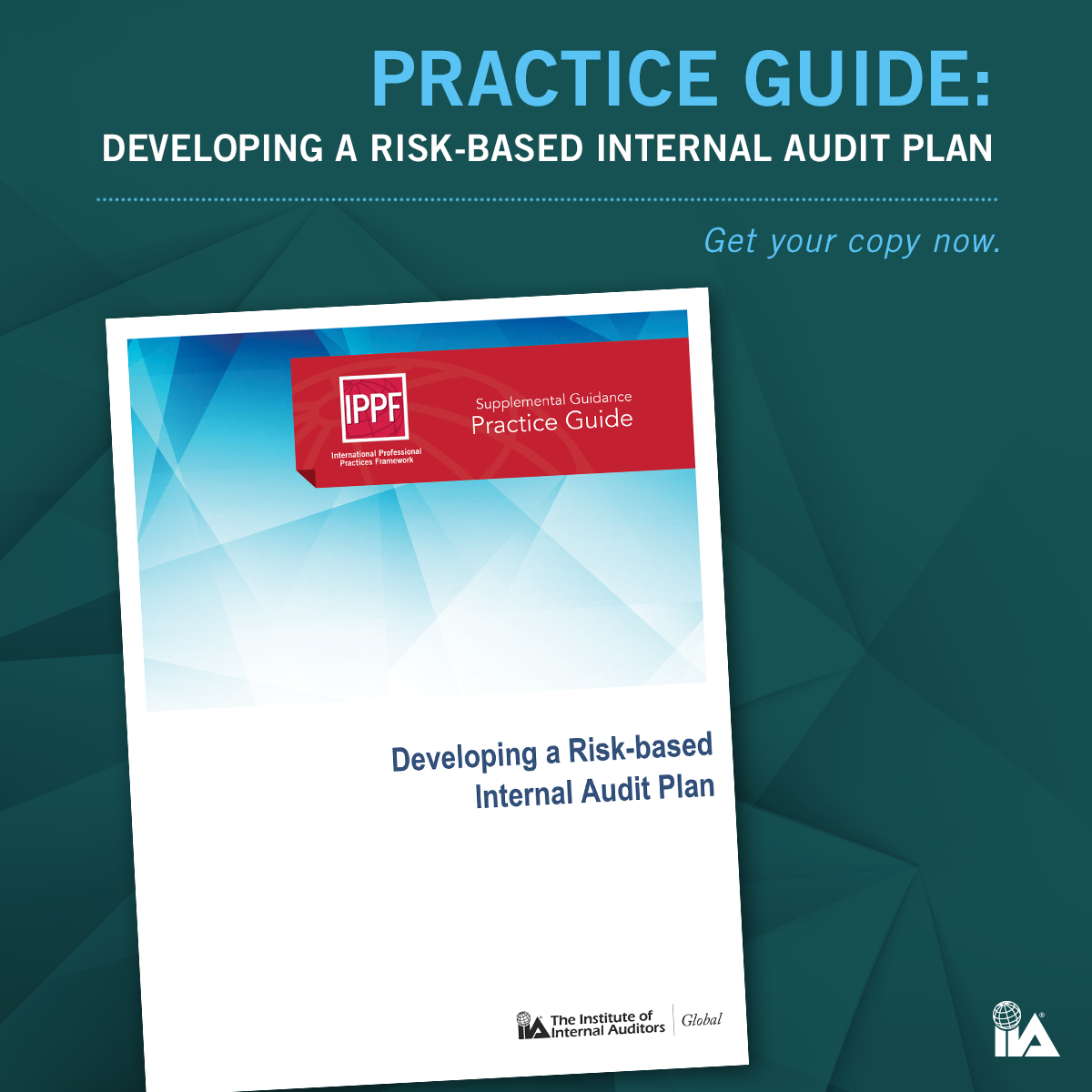New Guidance: Developing a Risk-based Internal Audit Plan

In today’s unprecedented environment, effective internal auditing requires thorough planning coupled with nimble responsiveness to quickly changing risks. To add value and improve an organisation’s effectiveness, internal audit priorities should align with the organisation’s objectives and should address the risks with the greatest potential to affect the organisation’s ability to achieve its goals.
Ensuring alignment between internal audit priorities and the organisation’s objectives is the essence of Standards 2010 – Planning, 2010.A1, 2010.A2, and 2010.C1, which task the chief audit executive (CAE) with the responsibility of developing a plan of internal audit engagements based on a risk assessment.
This practice guide will help the CAE and internal auditors create and maintain a risk-based internal audit plan. The guide describes a systematic approach to:
- Understand the organisation.
- Identify, assess, and prioritise risks.
- Coordinate with other providers.
- Estimate resources.
- Propose the plan and solicit feedback.
- Finalise and communicate the plan.
- Assess risks continuously.
- Update the plan and communicate updates.